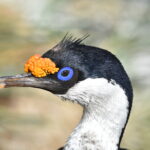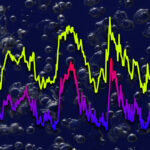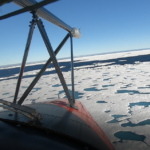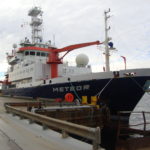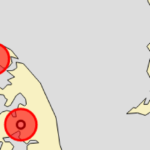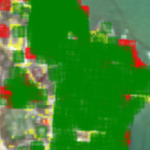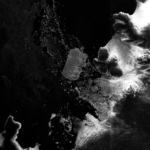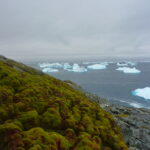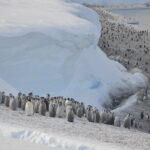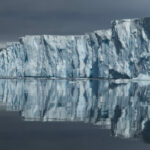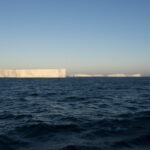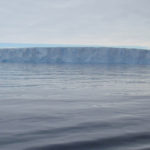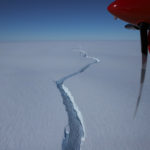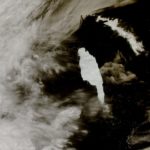Satellite technologies help scientists tackle some of the biggest environmental questions facing society. Innovative use of atmospheric, climate, ice and oceanographic data provides decision-makers in government and business with vital evidence to help them meet major environmental challenges. State-of-the art systems, capable of mapping the geology, monitoring sea-ice conditions, changes in surface temperature and concentrations of greenhouse gases reveal the changes in the Antarctic and Arctic.
Globally-important populations of seabirds breed at South Georgia. However, human-induced impacts have led to the decline of many seabird populations. Four species of albatrosses and white-chinned petrels have shown persistent …
Environmental research relies on digital infrastructure (hardware, software and methods) to provide services that help researchers answer questions about the environment around us, and innovators to work out ways that …
We are developing fully automatable methods for the detection of icebergs using satellite radar data and bayesian tracking methods to monitor icebergs at the individual level and continental extent.
The Arctic Summer-time Cyclone Project is a joint project of scientists from the University of Reading, University of East Anglia and the British Antarctic Survey with expertise in atmospheric dynamics, …
The HEXPLORES project aims to explore for active hydrothermal vents in the Red Sea Rift. Although the Red Sea Rift hosts the world’s largest submarine metalliferous sulphide deposit, no active …
Digital Twinning is next generation technology for data fusion and computer modelling enabling us to rapidly get answers to “what-if” questions. Digital Twins (DTs) are already in operation in industry …
Fragmentation occurs when parts of a habitat are lost due to for example change of land use, leaving behind smaller unconnected areas. This makes survival of the species of the …
Exposure is one of the corners of the risk triangle, the other parameters being hazard and the vulnerability. In this context exposure is defined as the degree to which elements-at-risk …
The AI4EO Accelerator is a collaboration between Φ-Lab of the European Space Agency (ESA) and the UKRI Centre for Doctoral Training (CDT) in the Application of Artificial Intelligence to the …
The aim of this project is to develop a next generation sea ice information service by integrating and building on a wide range of European and national funded activities which …
4 October, 2024
New research released today in Nature Geoscience reveals that vegetation cover on the Antarctic Peninsula has increased more than tenfold in the past four decades. Researchers from University of Exeter, University …
6 August, 2024
The first continent-wide mapping study of plant life across Antarctica reveals growth in previously uncharted areas, and is set to inform conservation measures across the region. Published today in Nature …
22 May, 2024
In the first successful attempt to calibrate walrus counts from satellite imagery, scientists used drones to validate animal counts in Svalbard, Norway. This International Day for Biological Diversity, the researchers …
24 January, 2024
Scientists from British Antarctic Survey have discovered four previously unknown emperor penguin breeding sites. Changing sea ice conditions along Antarctica’s coastline have forced several emperor colonies to move in search …
26 September, 2023
New measurements of how the boundary between onshore glacier and floating ice shelf glides back-and- forth could help predict melting The grounding line of the southern Ronne Ice Shelf in …
21 September, 2023
The melting of the supergiant iceberg A-68 had a huge impact on the ocean around South Georgia, in sub-Antarctica, and significantly changed the Southern Ocean’s temperature and saltiness, with potentially …
31 May, 2023
The ground beneath Antarctica’s most vulnerable glacier has been mapped for the first time, helping scientists to better understand how it is being affected by climate change. Analysis of the …
21 March, 2023
A new study highlights how extreme snowfall events significantly alter the amount of ice lost by the West Antarctic Ice Sheet. A team of scientists from British Antarctic Survey, along …
9 February, 2022
Scientists have deployed a network of seismometers onto Antarctica’s Brunt Ice Shelf in an experiment that will test the instrument’s ability to operate on icy moons in the Solar System. …
20 January, 2022
Scientists monitoring the giant A68a iceberg from space reveal that a huge amount of fresh water was released as it melted around the sub-Antarctic island of South Georgia. An …
